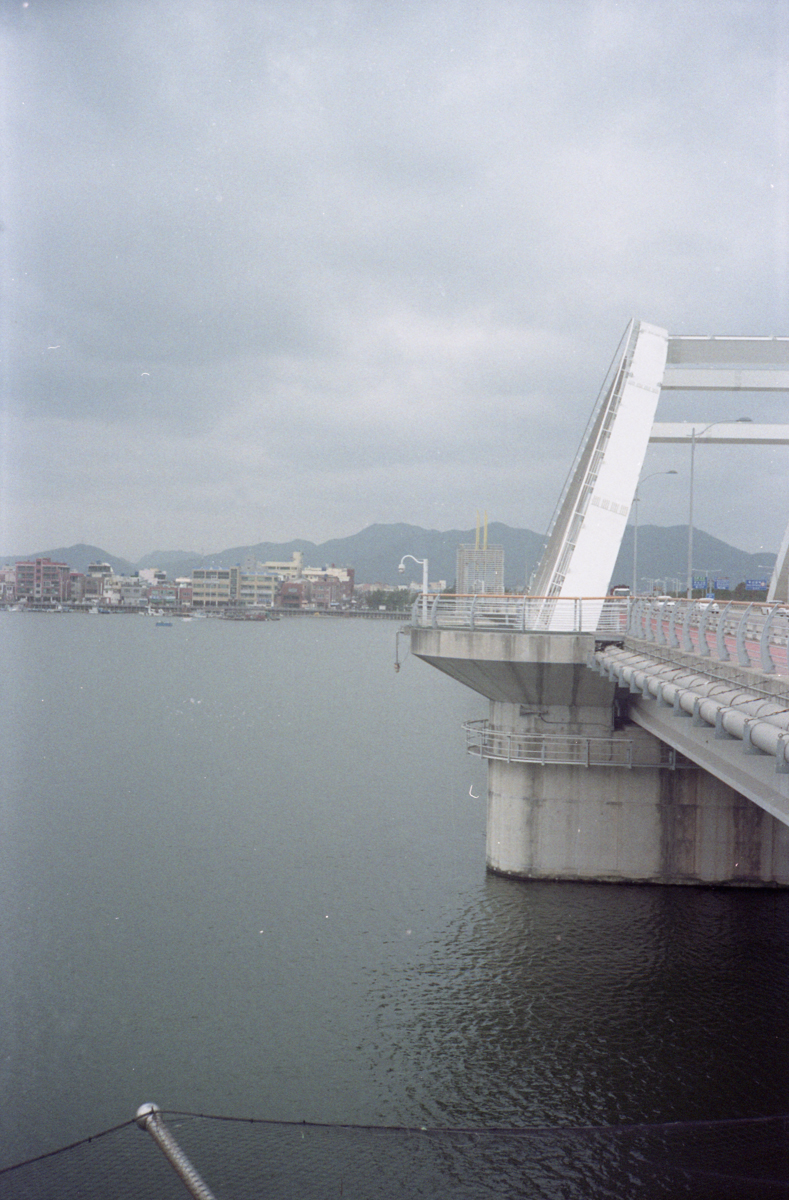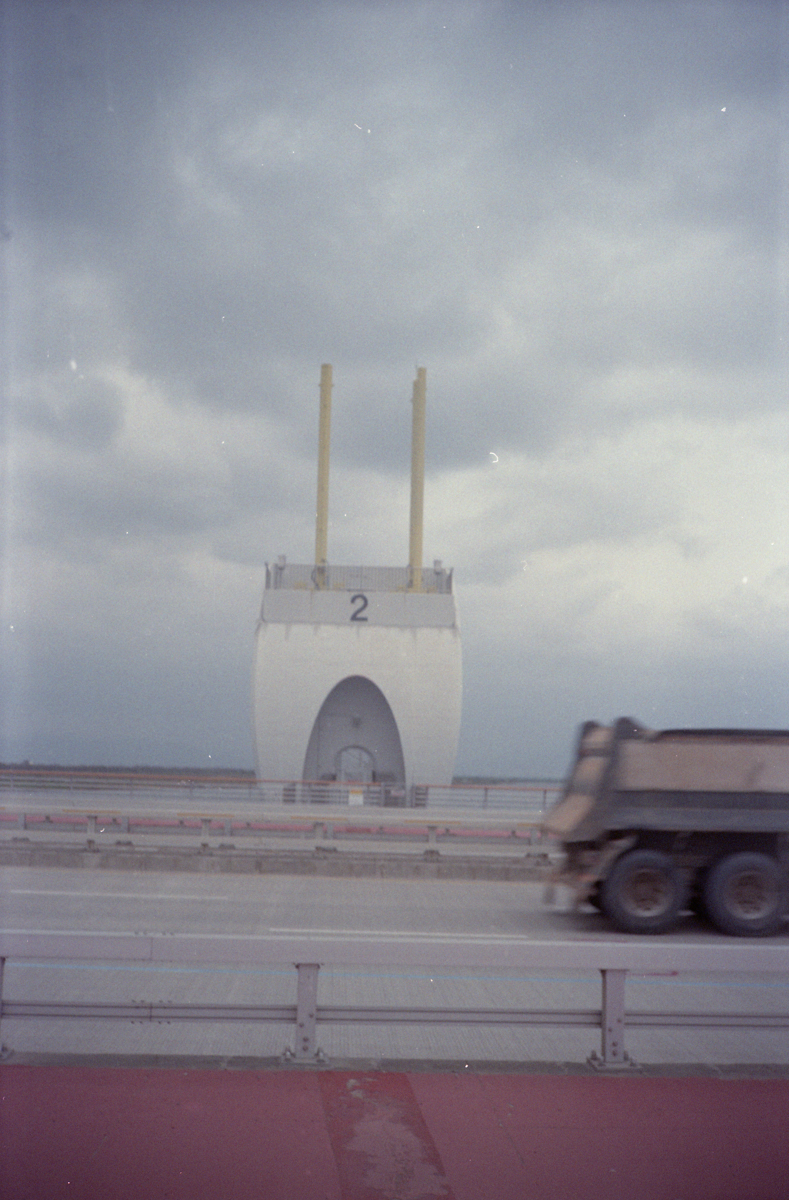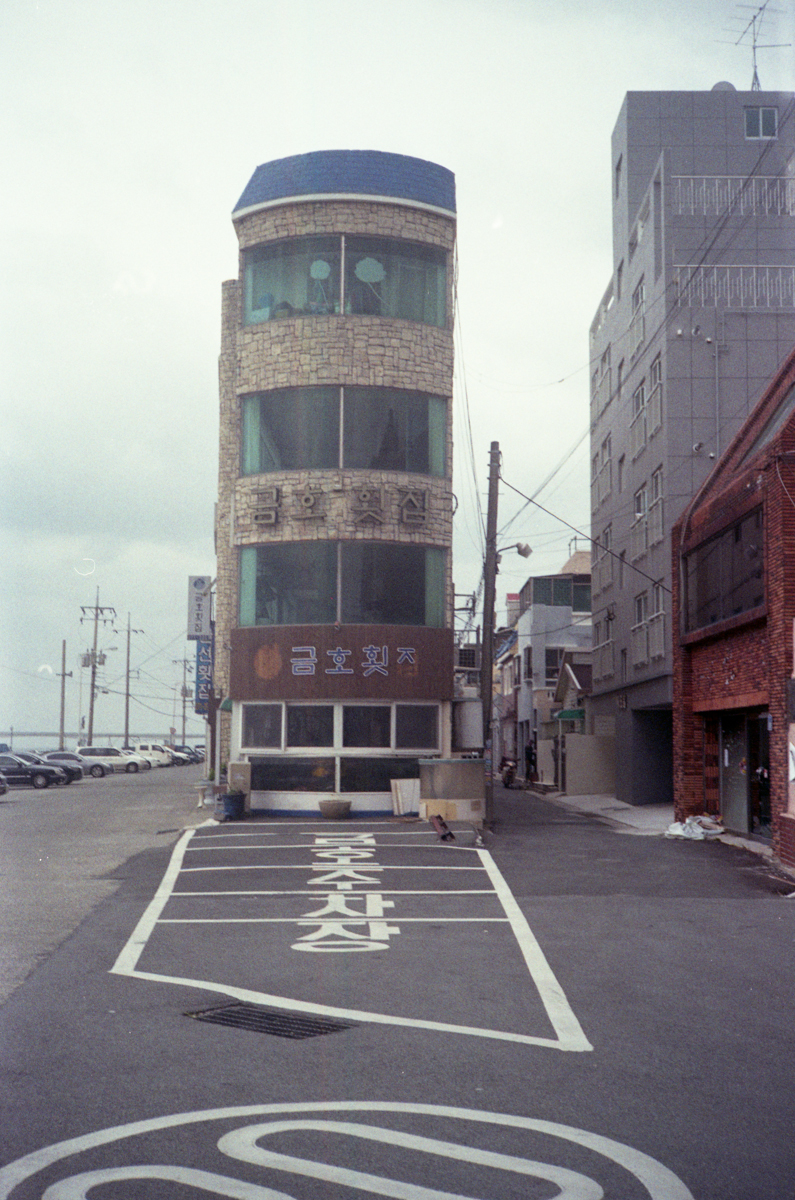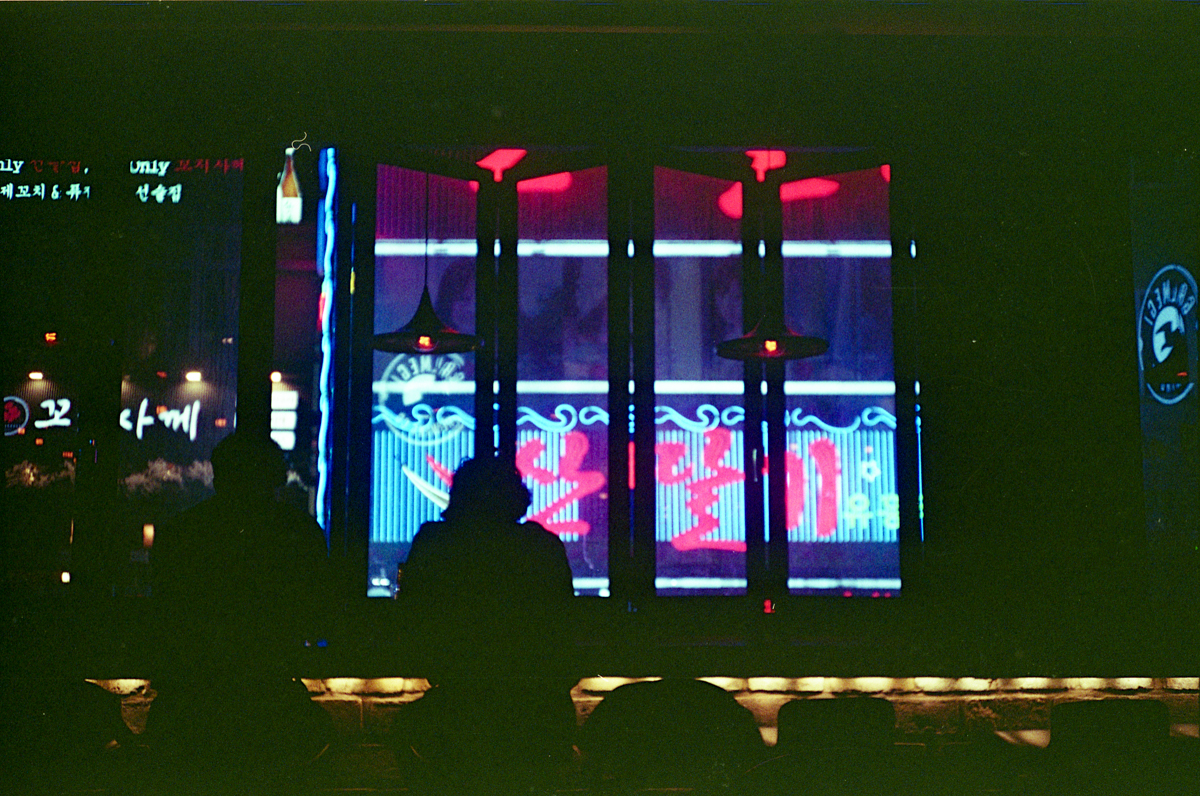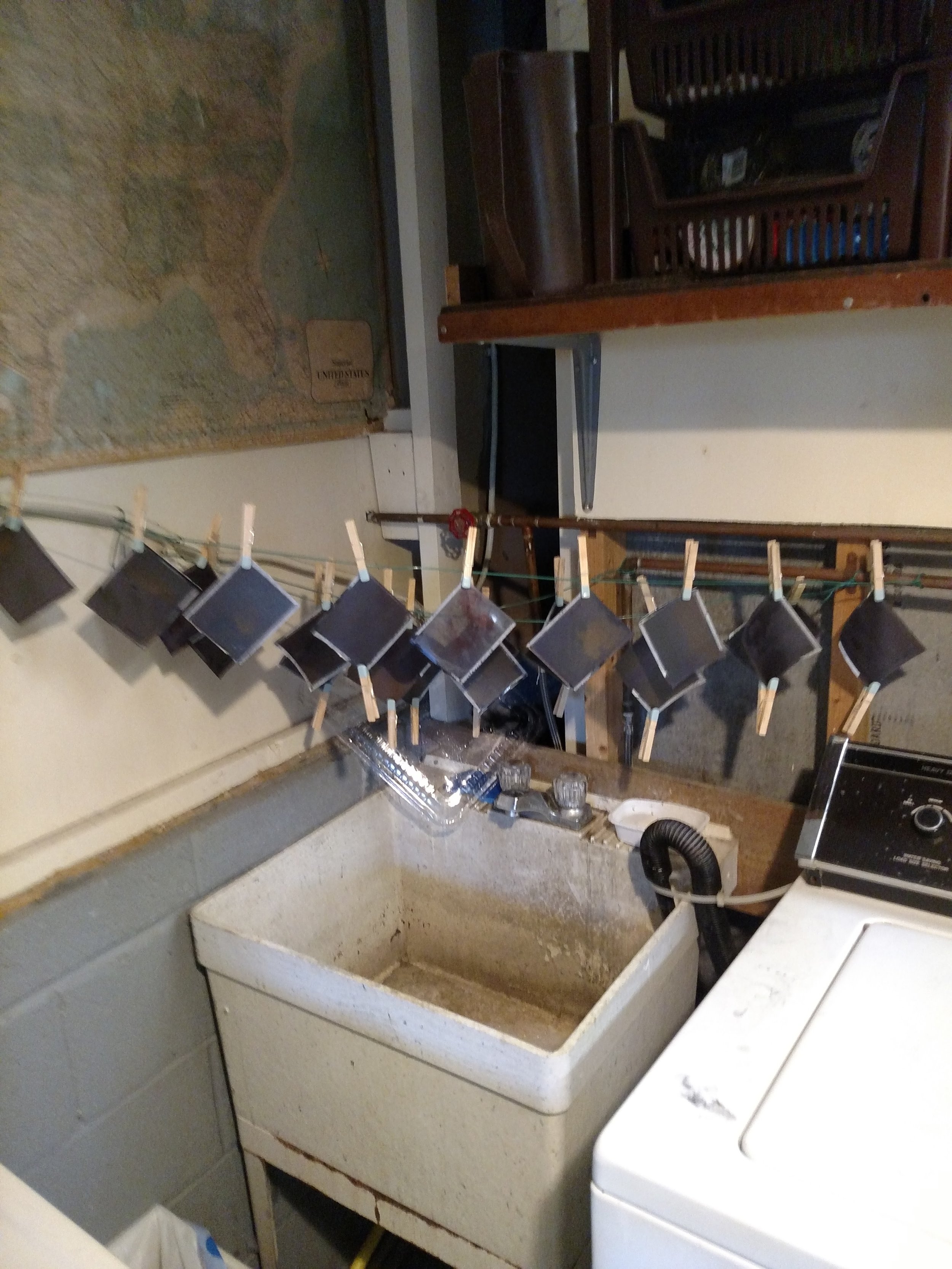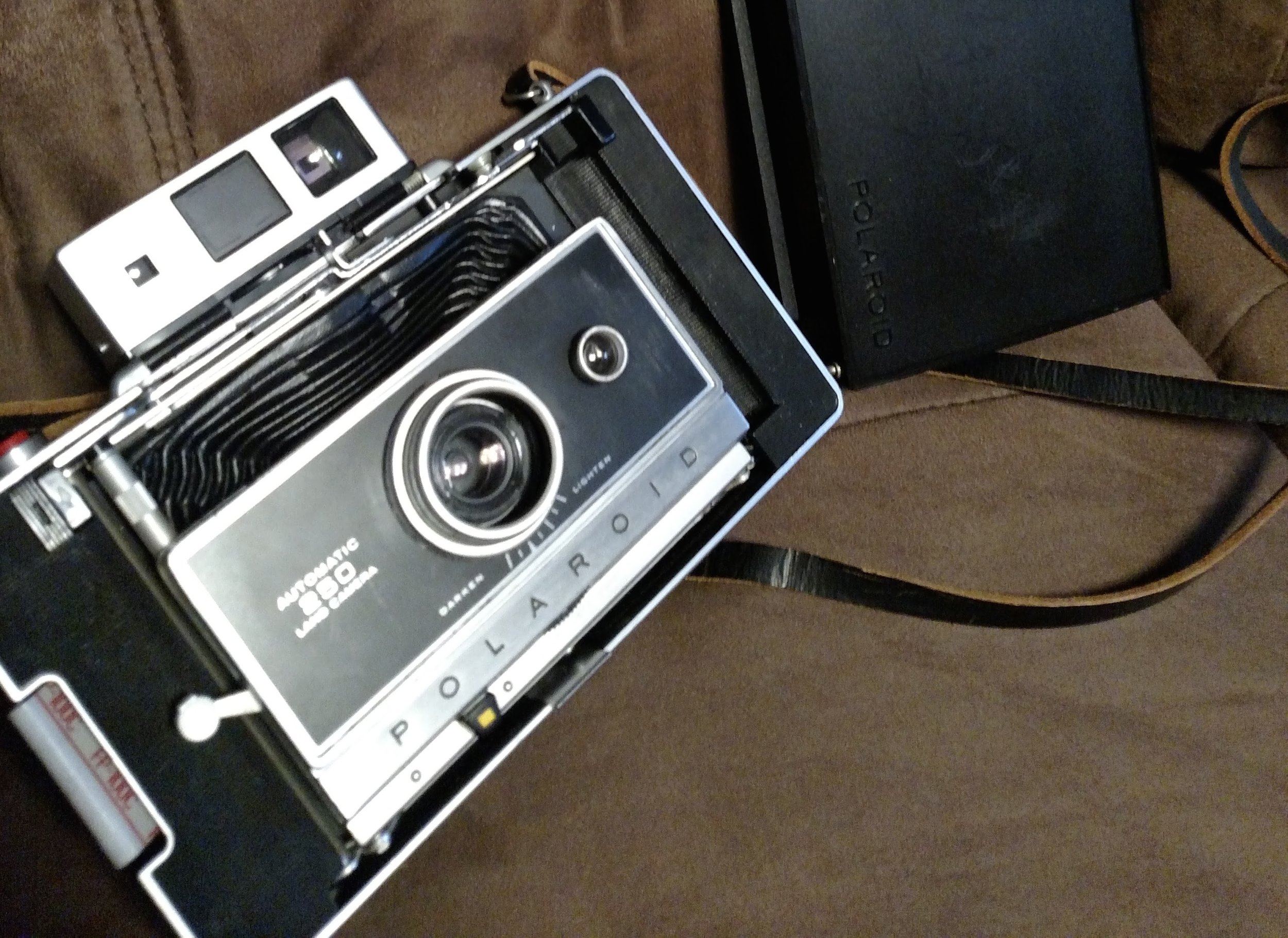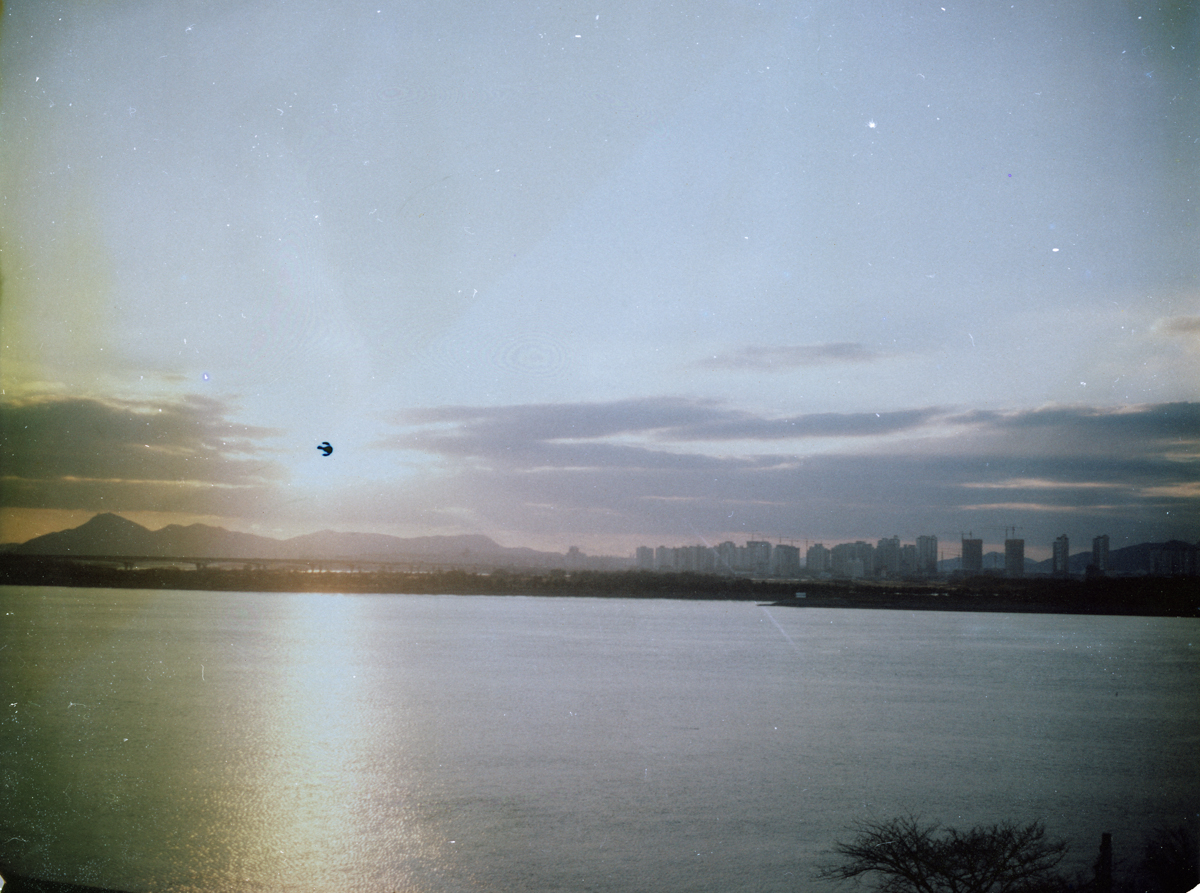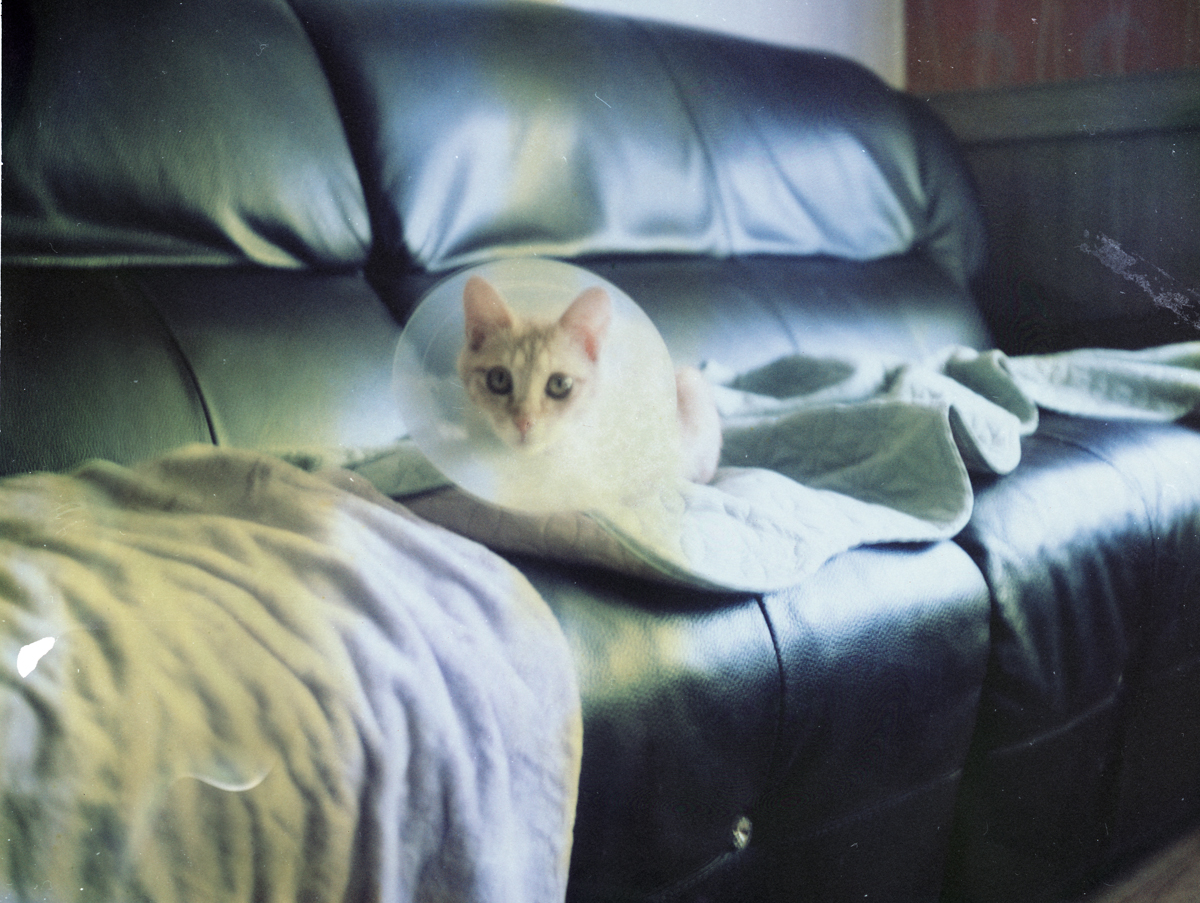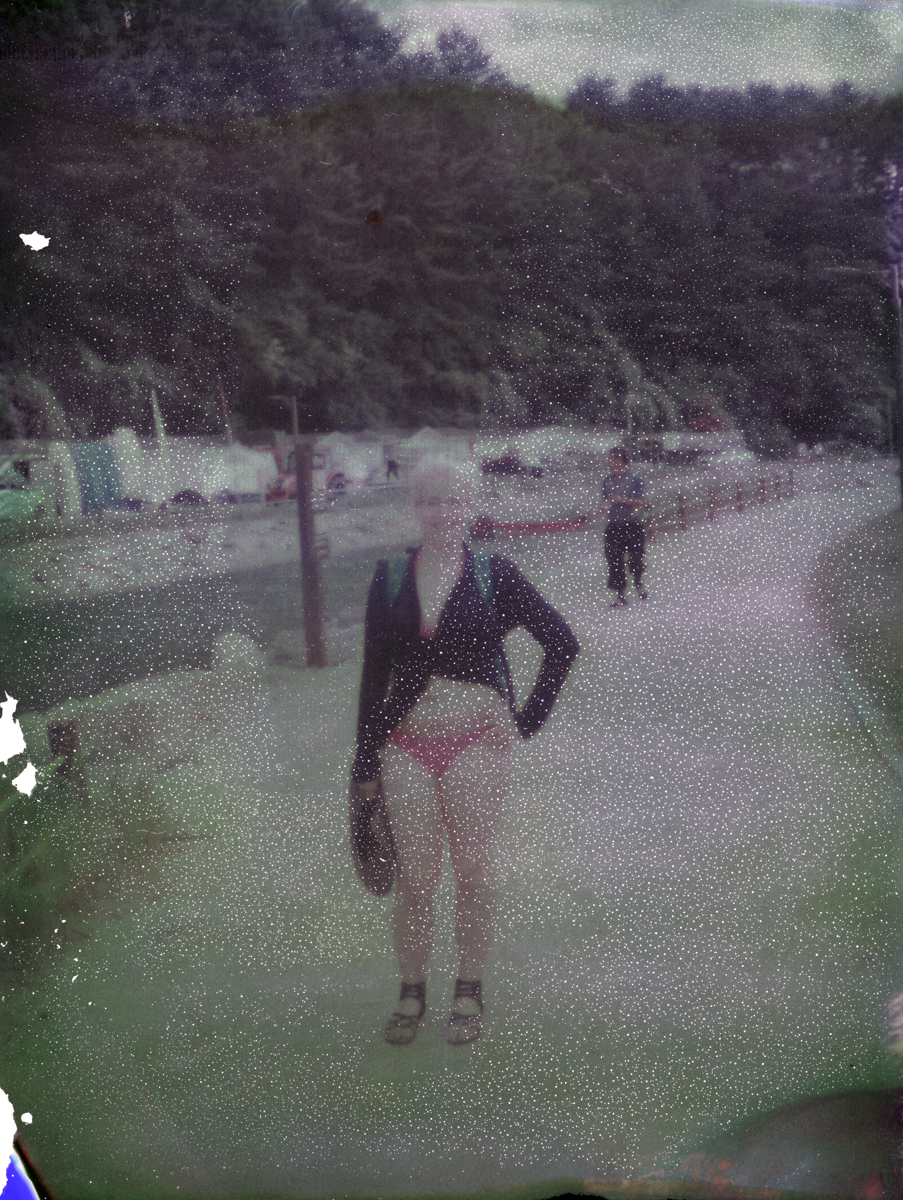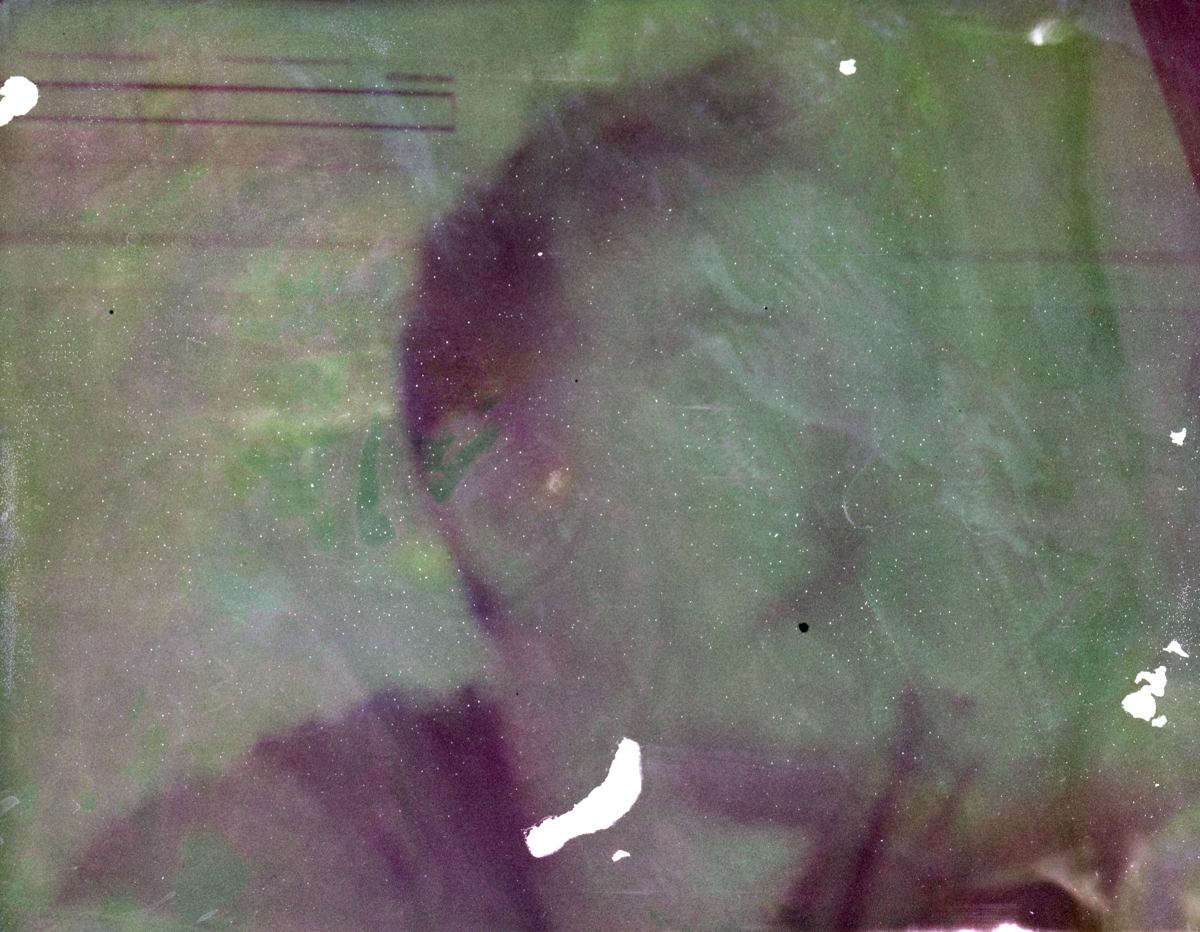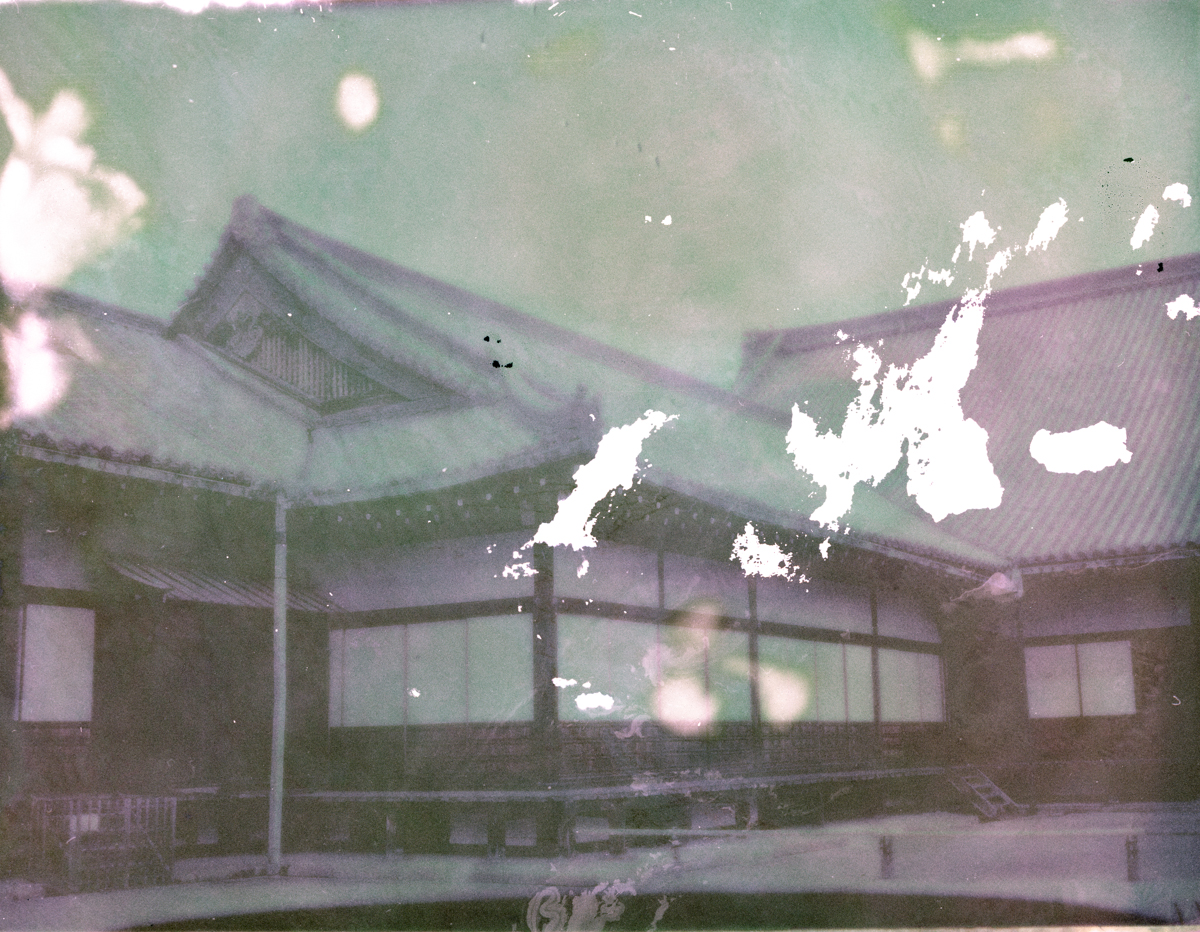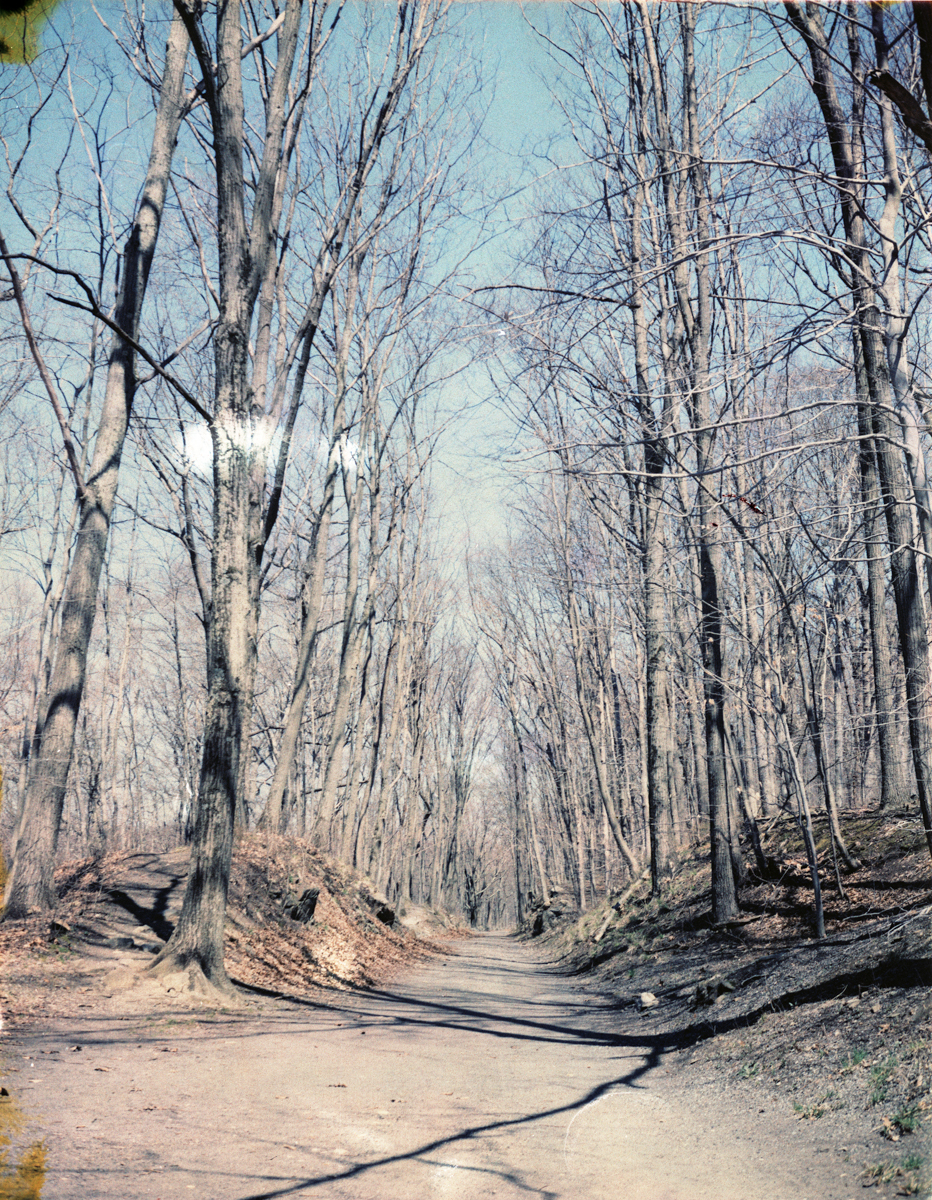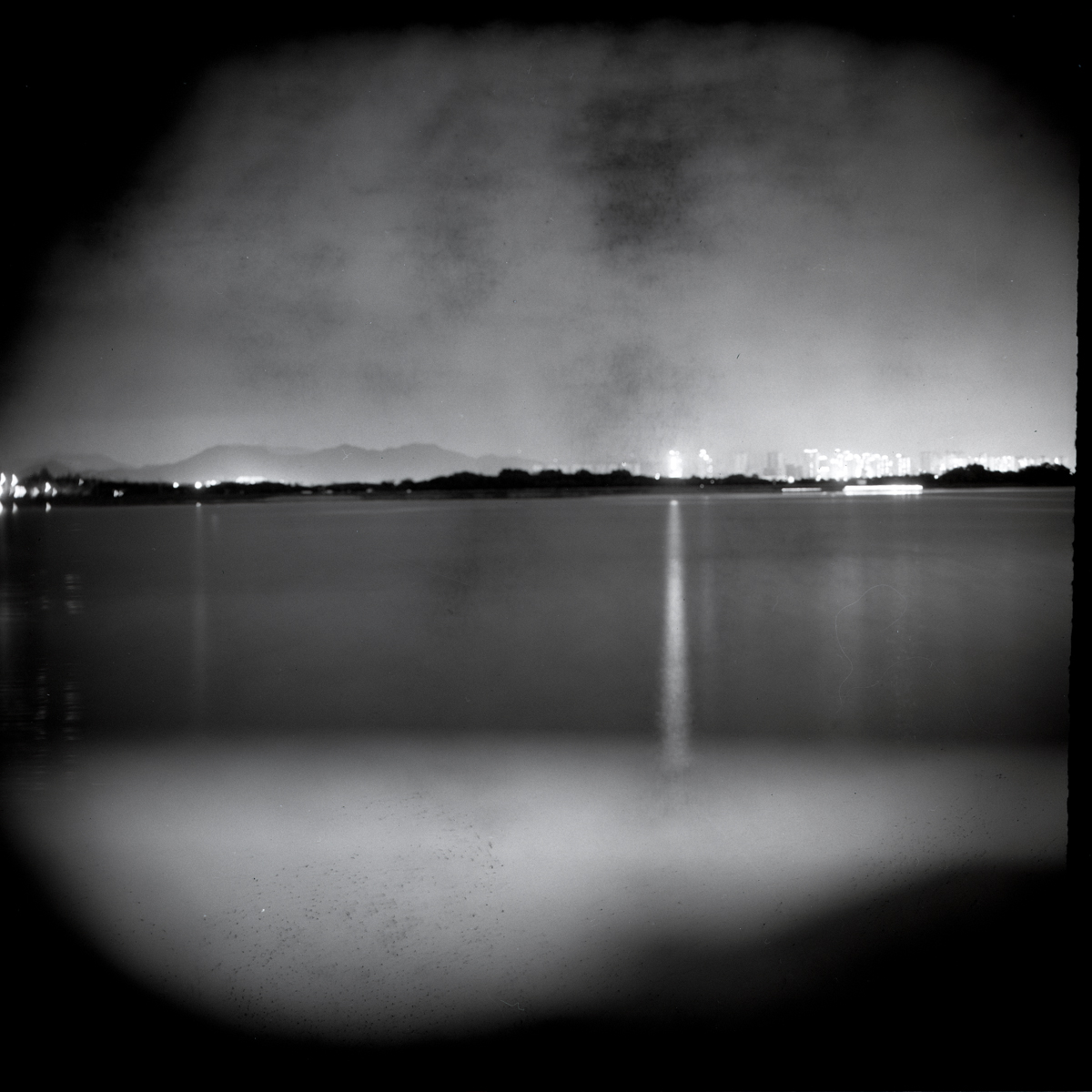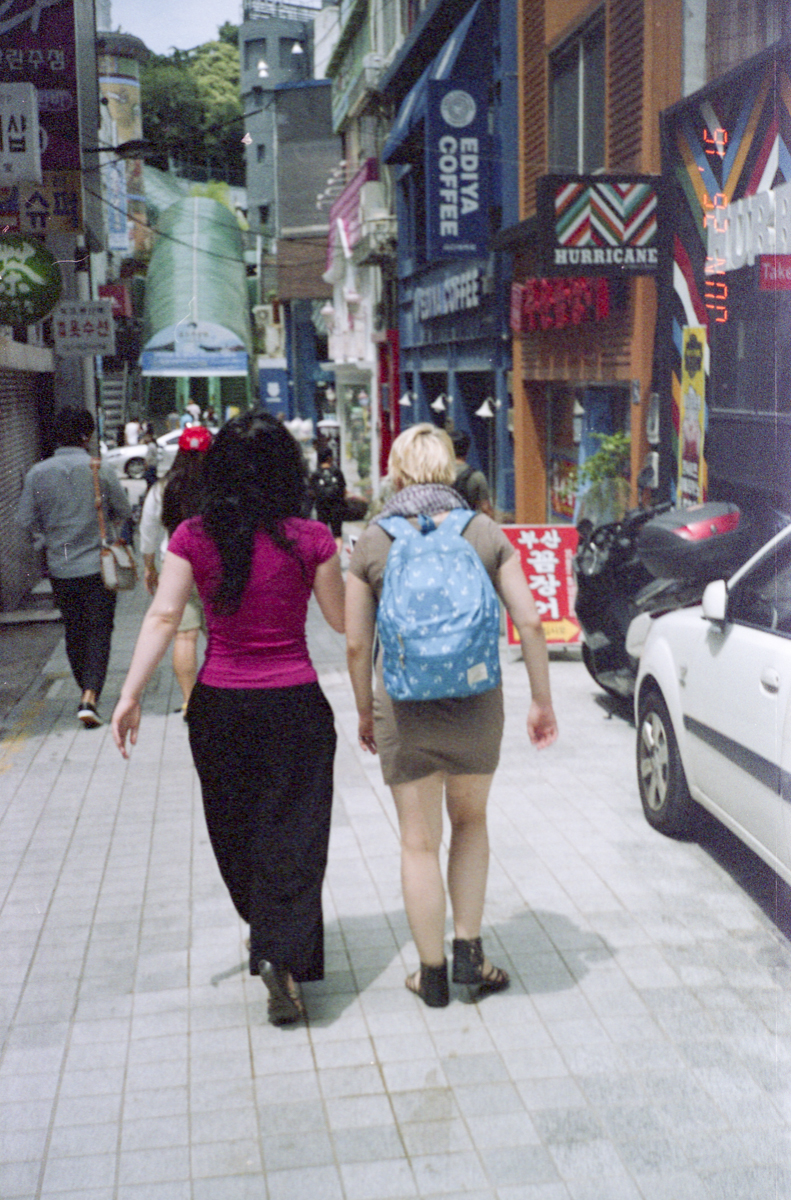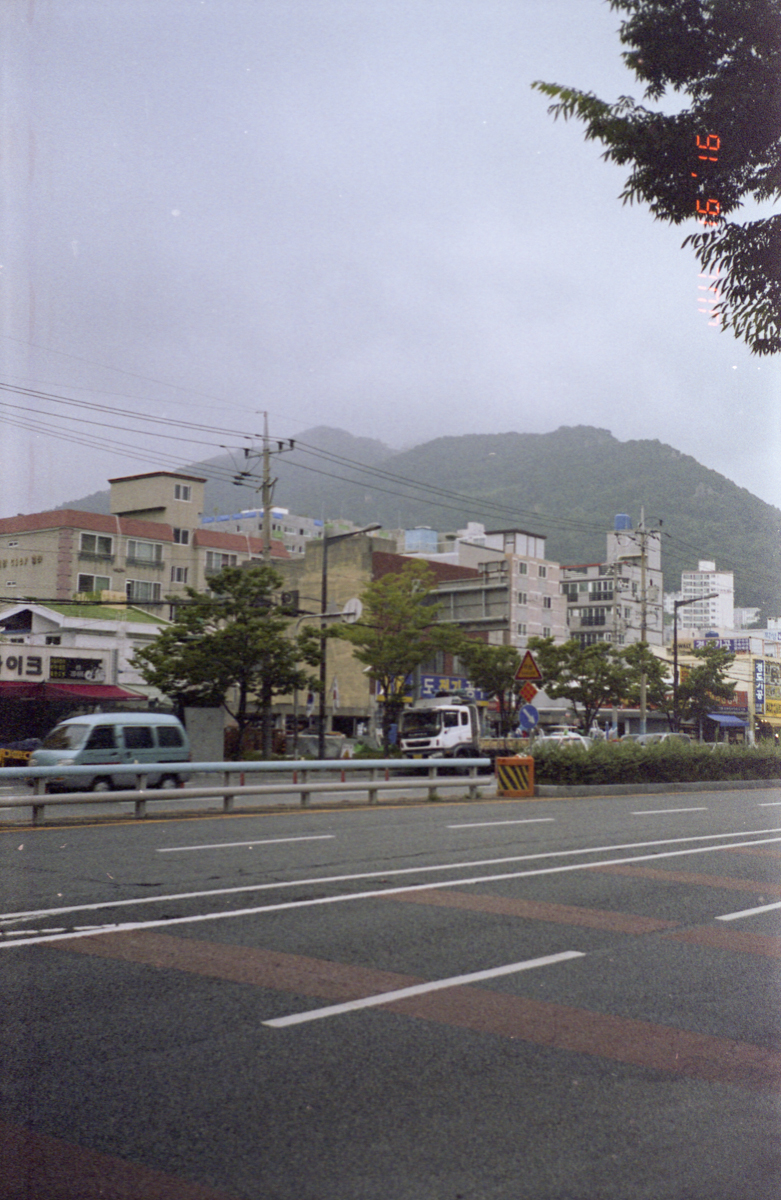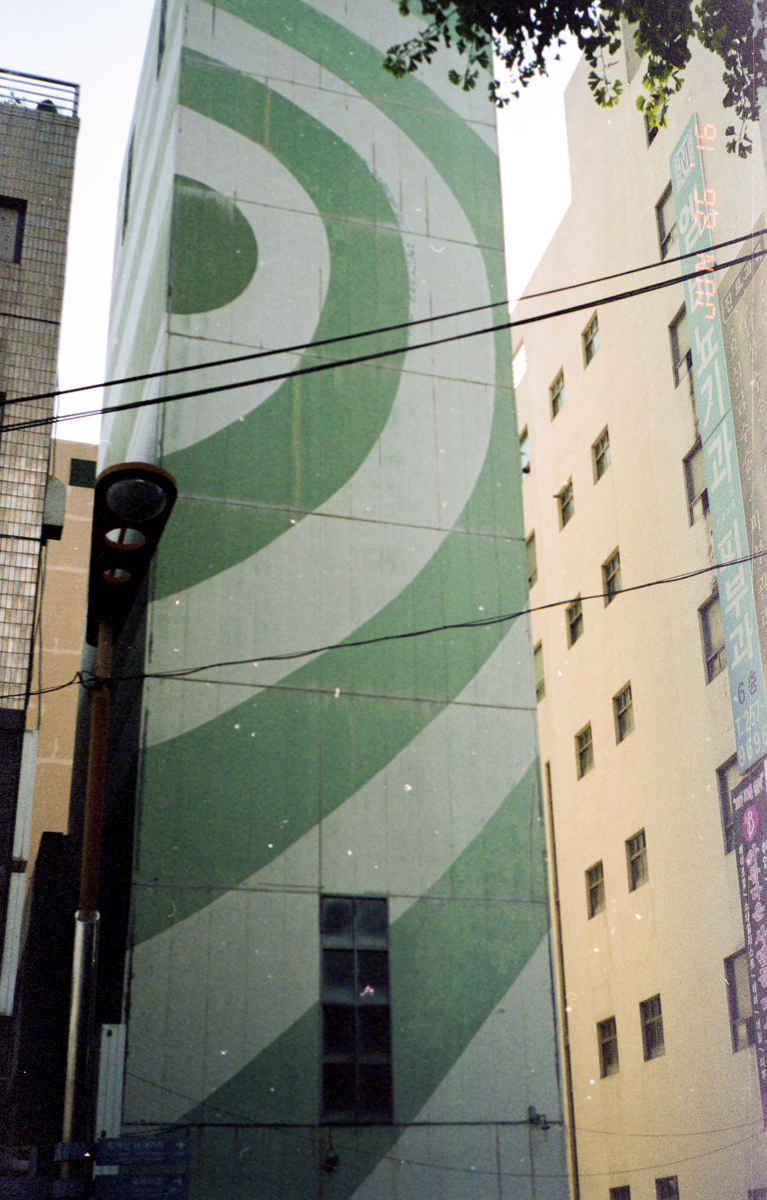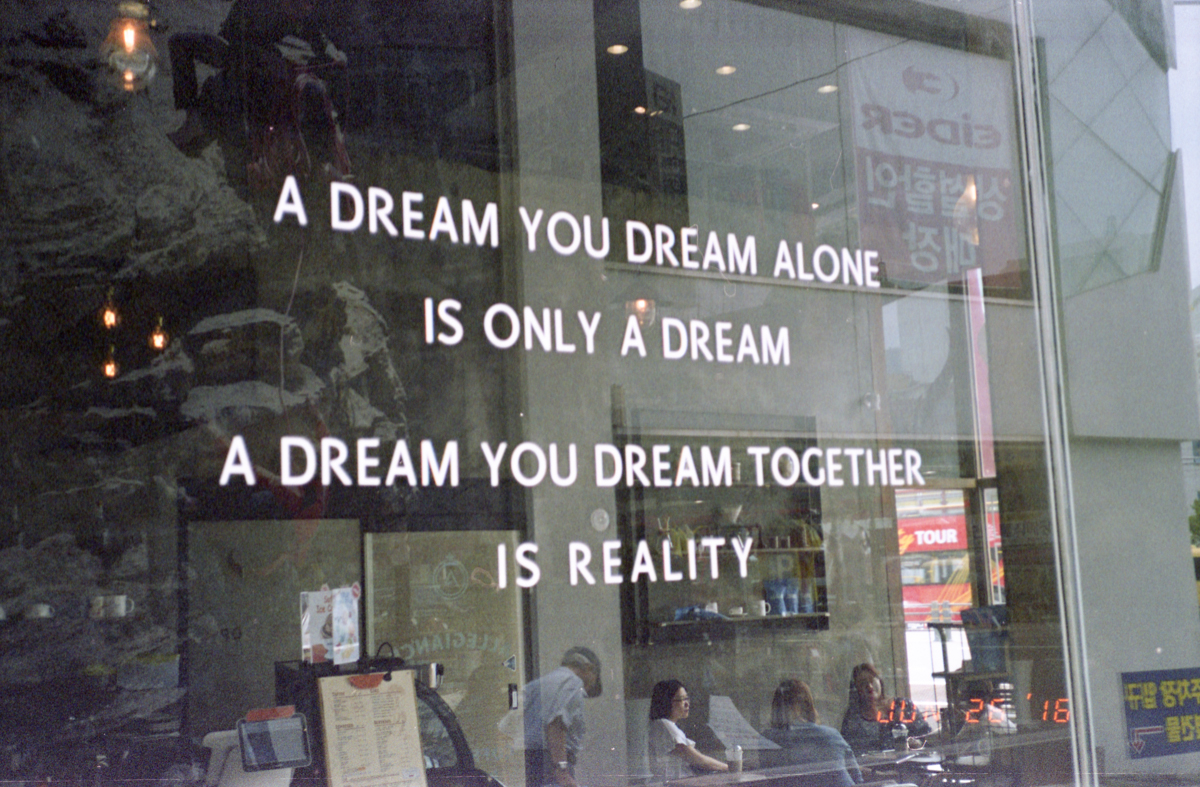This camera was found by my nearby market while living in Busan. There plenty of markets in Busan, but most of them catered to a typical you market you'd think of, food, clothing, and souvenirs. There was one market (which is still there) off the Dongdaesin station in Busan. If you're ever In Busan, its worth a trip. This market was special because It actually had used/ old/ vintage items such as old north korean money, vinyl, and occasionally film cameras.
These photos were all still shot in Busan. I am currently living in NY, but have a massive overflow of images from 2016, so I'll be visually transitioning out of Asia slowly.
Everything here was shot on Kodak Gold 200.
If you're a shooting film in Korea, go to FotoMaru in Seoul. They were excellent at processing my film and mailing my negatives back to me. I wasn't able to scan at the quality I wanted to until I got home, but I sent them 50+ rolls of 120 and 35mm film with zero problems. They're possibly the best in Korea.

